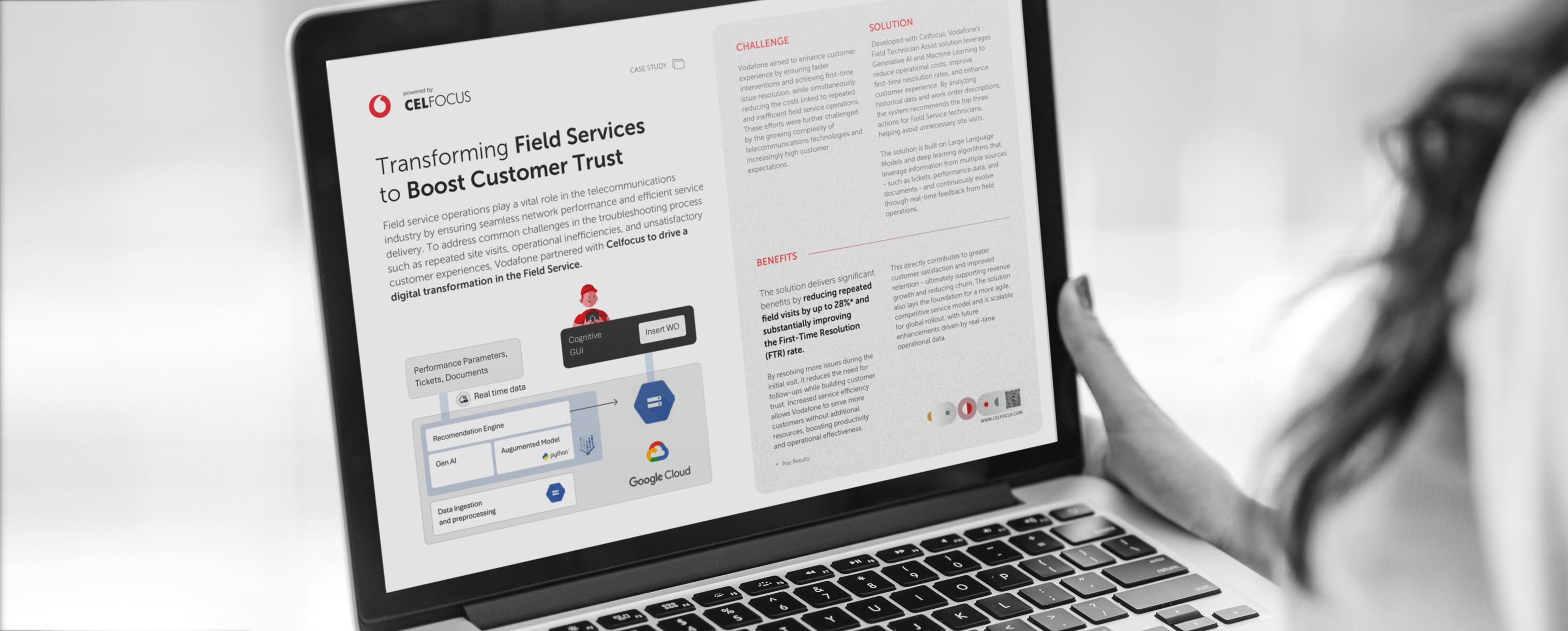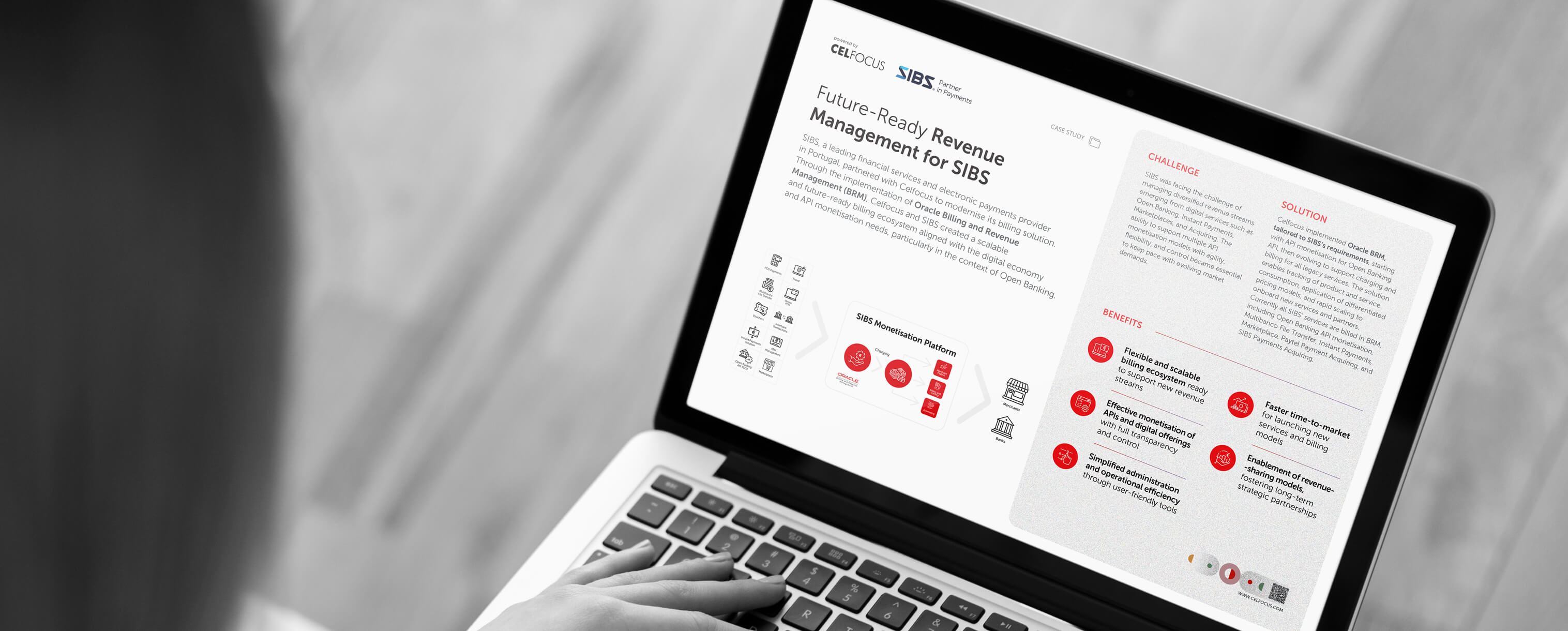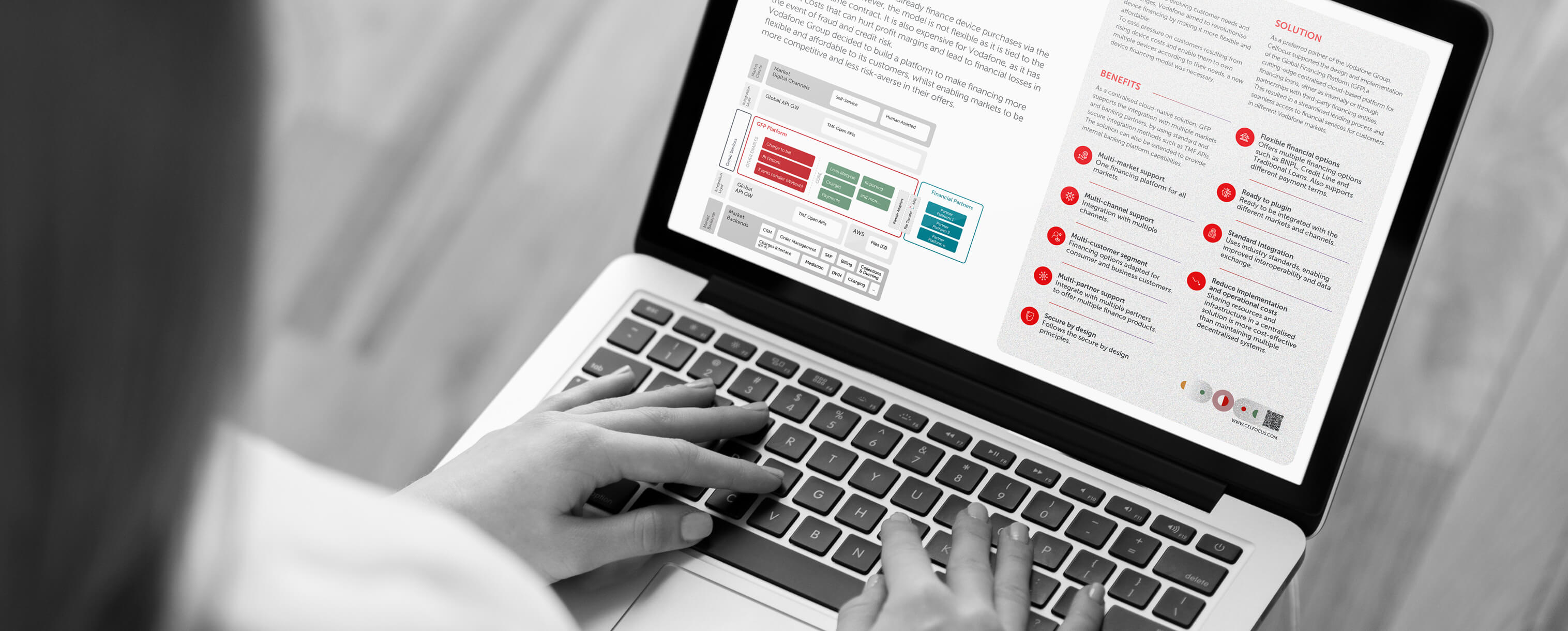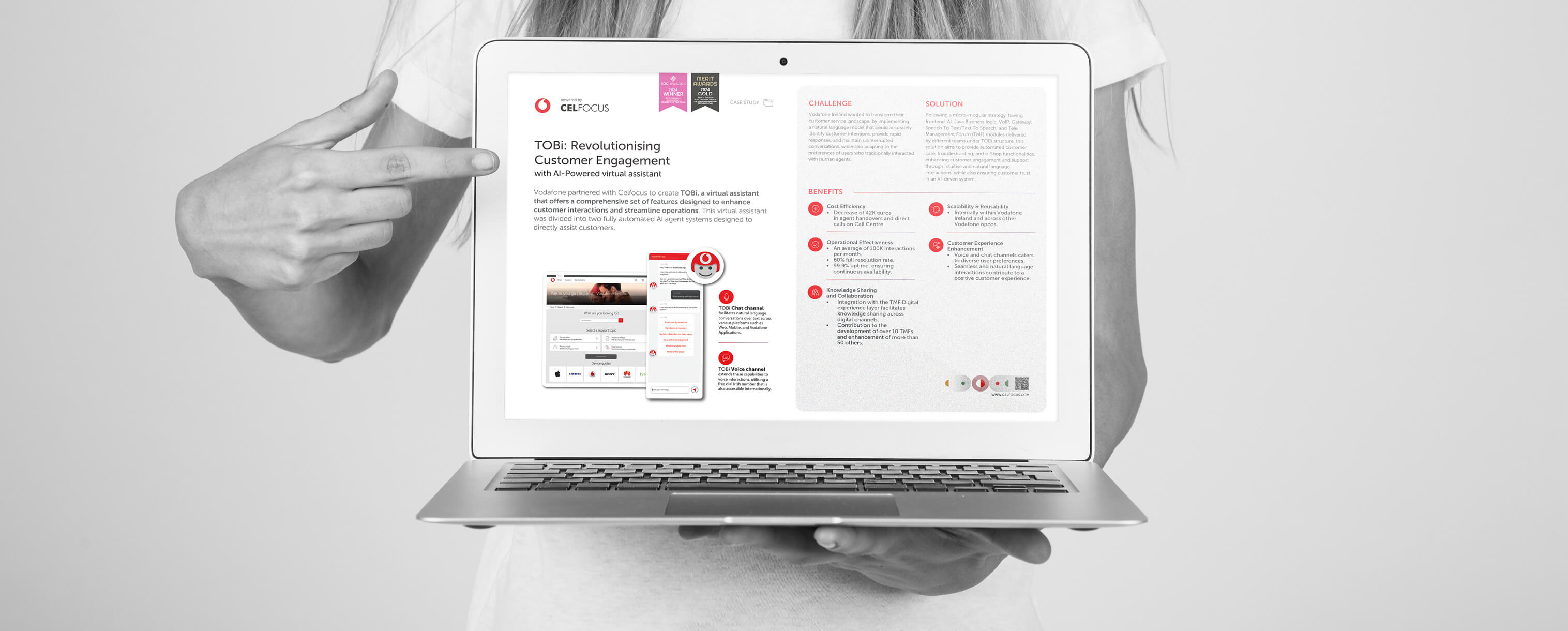|---Module:text|Size:Small---|
Customer Journeys as a Differentiator
Throughout the years, companies have struggled to provide a satisfying customer experience due to several reasons: new IT systems, regulation, or even various legal requirements.
Customer experience is about placing customers’ needs at the centre of the business strategy, and companies have to ensure that it’s flawless across all the touchpoints and along the whole of the customers’ journey.Focusing on understanding and improving customer journeys becomes the differentiating factor.
One of the major challenges for UX and UI designers is to maintain consistency across several systems throughout the overall customer experience. The aim must be to find a balance between consistency and respecting the idiosyncrasies of each system by building solutions that are unique and homogenous between each other.
Furthermore, mass customisation is hailed as the last frontier in customer experience. The ability to provide a personalised solution through any channel selected by the customer, while taking advantage of economies of scale, remains a goal for many industries. Being able to engage customers through different channels opens the organisation to the world and also adds to the bottom-line.
This opportunity, however, can become a threat when it is poorly executed, leading to a dissonant experience with gaps between expectation and reality and a frustrated customer. By integrating all channels and prioritising journeys over transactional experiences, companies are now in a position to deliver a truly omnichannel experience.
To understand the challenges companies face when embarking on a digital transformation journey, mitigate risk and accelerate project delivery, Celfocus uses a dedicated methodology for customer experience.
How Design combines with different Delivery Methodologies
|---Module:text|Color:Red|Size:Small---|
Waterfall Solution Framework:
|---Module:text|Size:Small---|
- better challenges understanding, scope refinement and journey building with Design and UX teams engagement with business analysts and architects, in the specify phase;
- transforming features into journeys and these into prototypes to be tested by users and validated by the business, in design and build phases;
- packages developed in cycles, each including the creation of journeys, prototypes, UI design and Front-End assets.
|---Module:text|Color:Red|Size:Small---|
Celfocus Agility Flow:
|---Module:text|Size:Small---|
- incorporating a value stream of architects, analysts and UX designers to under understand the overall ecosystem (Technology, Business and Users) in the setup phase;
- parallel running streams, providing resources to build the assets and deliver a live solution;
- packages developed in cycles, each including the creatio• ideation, prototype and test cycles.
|---Module:text|Color:Red|Size:Small---|
DevOps Delivery Approach:
|---Module:text|Size:Small---|
- is used mainly when projects move to the support phase;
- a dedicated Design team (UX and UI designers & Front-End developers) to provide support to multiple projects.
Integrated into Celfocus Delivery Framework, the proprietary Design Methodology answers to the fundamental question of how to think about customers and their needs when building applications and solutions.
Celfocus Design Methodology
Customer experience includes all aspects of the interaction with the company, its services, products, and touchpoints.
|---Module:image|Size:Small---|

|---Module:text|Size:Small---|
Celfocus uses a research and delivery solution, engaging design from the customer’s perspective. The Design team is involved in the project’s early stages, working together with the Functional Analysts and the Product Owners. Combining Design and Business with technical ecosystem understanding results in a customer-centric solution, responding to business’s goals and technical demands.
The 3 Ds Approach: Designing for Customers
The knowledge gained from participating in consumer and enterprise projects; assisted and unassisted channels; mobile and non-mobile devices; and in remote and on-site projects, has enabled the continuous development of a rich and tested methodology leveraged by the use of different techniques and a delivery framework where Customer Experience is the central pillar.
Our teams are multidisciplinary: to better understand both business requirements and technical specifications with customer involvement across all design phases.
|---Module:3 column text|Size:Small ---|
The Discover Phase
where UX designers immerse in the project to get the background needed to make design decisions. Supporting the design with quantitative and qualitative data and depend less on generic best practices and personal assumptions.
|->|
The Define Phase
collaborative and iterative phase, beginning with a broad exploration of possibilities for serving the unmet needs revealed in the previous phase and moving through ideation, multiple prototyping, and concept enrichment.
|->|
The Develop Phase
UI Designers create the visual designs which consist of different types of assets, from components to documentation, that will later support the development team to demonstrate how the solution will behave and look like when it goes live.
|---Module:text|Size:Small---|
Taking Customer Experience to New Heights
Celfocus Design Methodology has been used in a multitude of projects, covering different scenarios and use cases. It has proven to be adaptable, flexible and, most importantly, effective.
By bringing together different stakeholders – Business, IT, and End-users - and creating a single graphical code and language, it fosters collaboration, participation, and sharing. Multidisciplinary teams have different tools at their disposal to establish a common baseline, which allows for the design of a customer-centric experience.
Benefits:
The main advantages of this solution include:
- design mood from conceptualisation to development;
- easy to read and approve deliverables;
- diverse stakeholders (customers included) participation, improving approval processes;
- solutions validation in project early stages, reducing rework costs;
- creativity and innovation added value while benefiting from different perspectives.
|---Module:text|Color:Red|Size:Small---|
Case Study
|---Module:text|Size:Small---|
Re-designing an Asset Management Solution in Collaboration with Clients
In industries driven by large data sets and complex reports, a mistake can represent a loss of millions of euros. Looking at the Financial Industry, particularly in the Asset Management business, platforms need to support large data volumes and information processing, while providing users with the required insights.
Asset Management® is a flexible portfolio solution for valuation, accounting, and reporting with automated data aggregation and simple, modern user experience for faster and more reliable back-office performance.
When the solution needed to be updated, Celfocus gathered users from Financial Institutions already using the asset management solution, UX/UI designers and front-end developers. By doing quantitative and qualitative studies, Celfocus was able to understand their experiences and insights in order to improve usability.
Amongst other conclusions, the research showcased:
- Most users don’t know all the asset management software features;
- Tasks should be associated with portfolios and assets to provide a better experience;
- It is crucial to be able to export information while performing a task;
- Transactions and Portfolio valuation are the main focus for the users;
- Some tasks should only be accessible to specific users.
The information taken was translated into ideas, rising to different scenarios and resulting in a final prototype that was later tested. Working together with end-users allowed Celfocus to improve in a way that makes everyday tasks more comfortable and intuitive.




















